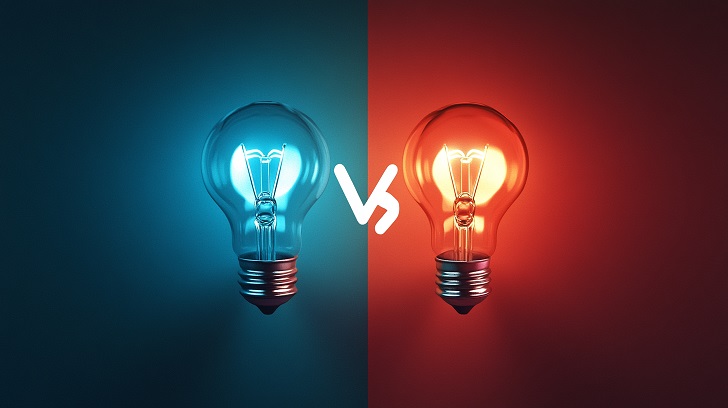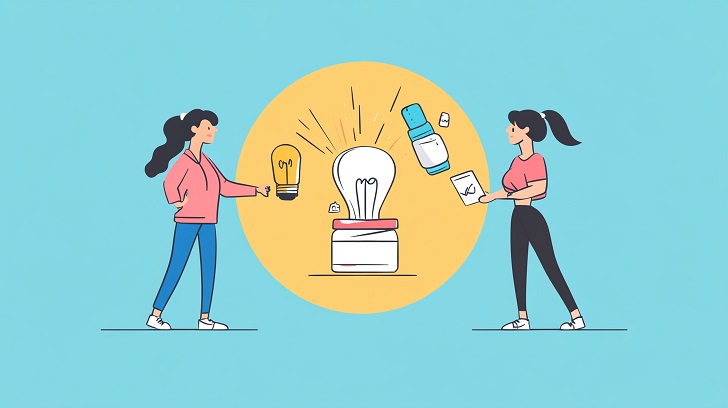In the bustling landscape of startups and innovation, there’s an unfailing buzz around the concept of the Minimum Viable Product (MVP). It’s the stripped-down version of your grand vision, the essential embodiment of your big idea, but crucially, it’s not the first step. Enter the unsung hero of the startup narrative — the prototype.
A prototype, by simple definition, is an early model of a product created to test a concept or process. In the realm of MVP development, it’s the proverbial incubation chamber where ideas either take flight or get back to the drawing board. Let’s unravel the intricate role of prototypes in the MVP development process, and why neglecting this step could spell doom for even the most promising of ventures.
Bridging Concept and Reality: The Prototypical Advantage
Creativity meets tangibility when prototypes come into play. They serve as visual and functional placeholders for how a concept will translate into the real world. Picture this — a founder has an idea. It looks brilliant on paper, but how will it hold up once it’s in the hands of the end-user? Storyboards, wireframes, and scenario testing through prototypes can bring these concerns to the forefront, offering vital insights into the user experience.
The stats underscore the value of prototyping: According to a Forrester research report, refining user experience with prototyping could heighten customer conversion rates by up to 400%. This figure alone affirms the direct impact meticulous prototyping can have on a startup’s success trajectory.
Prototyping also plays a crucial role in securing buy-in from investors and stakeholders. When you present a clickable or tangible model of your idea, it becomes much easier for others to visualize and support it. As the Design Management Institute suggests, design-driven companies have outperformed the S&P Index by 228% over ten years, underscoring the economic importance of proper design — and consequently — the importance of prototyping.
Cost-Effectiveness and Risk Mitigation: Prototyping’s Financial Impact
It’s no secret that financial constraints are among the top concerns for budding entrepreneurs. A prototype enables you to test and fail early, thus saving a significant chunk of your budget that could have been wasted on a poorly informed MVP. Harvard Business School’s report on “Why Entrepreneurs Fail” outlines that failure to pivot and high burn rates are leading causes of startup demise. Timely prototyping directly addresses these issues by providing the data necessary for strategic pivots and preventing excess capital from flowing into unvetted features.
Consider this — the cost of changing a digital product after development is 100x that of changing it before development begins. Prototyping can cut these costs drastically by smoothing out kinks before they become expensive fixes.
Feedback Loops and Consumer Engagement: Tuning into Market Needs
Gathering feedback is the name of the game, and prototypes allow you to do just that. You garner relevant, user-driven data that steers the direction of your MVP. Did you know that 42% of startups fail due to lack of market demand, as reported by CB Insights? Prototyping mitigates this risk by letting you test the market pulse with something more substantial than a survey or a concept note. This loop of feedback and iteration is foundational in developing a product that doesn’t just exist but thrives in the market.
Speed to Market: Accelerating the Process
In a world where time is of the essence, prototypes can remarkably speed up the development process. By identifying potential problems early on, adjustments are made quickly, and development time for the MVP is significantly shortened. This rapid progression from idea to market is essential in today’s fast-paced environment where being the first mover often translates to a considerable market advantage.
Partnership and Collaborative Efforts: Prototyping’s Role in Synergy
Collaboration is key in the creation of any product, and prototypes are collaborative tools by nature. Engaging with designers, developers, and marketers during the prototyping phase not only generates a wealth of practical insight but also ensures that all team members are aligned with the product vision.
Sustainability and Ethical Development: Long-Term Implications of Prototyping
The benefits of prototyping aren’t just limited to the immediate development cycle. When we ponder the ecological footprint of product development, prototypes emerge as essential tools for sustainable practices. By zeroing in on what’s necessary, prototypes help reduce waste, optimize resources, and guide the creation of products that serve a genuine need, thereby endorsing greater responsibility in consumption and production.
Conclusion: Prototypes — The Unseen Foundation of MVPs
Diving into MVP development without a proper prototyping stage is akin to building a house without laying a secure foundation. It might stand for a while, but cracks will soon appear, leading to a structure that’s untenable in the long haul.
As we guide entrepreneurs at AutopilotNext towards their 30-day MVP goals, we underscore the importance of prototyping. It’s not just about making something; it’s about making something that matters, something that resonates, and most importantly, something that works.
Take the time to prototype, and you’re not just crafting a product; you’re crafting the very pillars of future success. From reducing costs to enhancing user experience, prototypes are much more than just rough drafts — they are the drafts that can write your startup’s success story.




